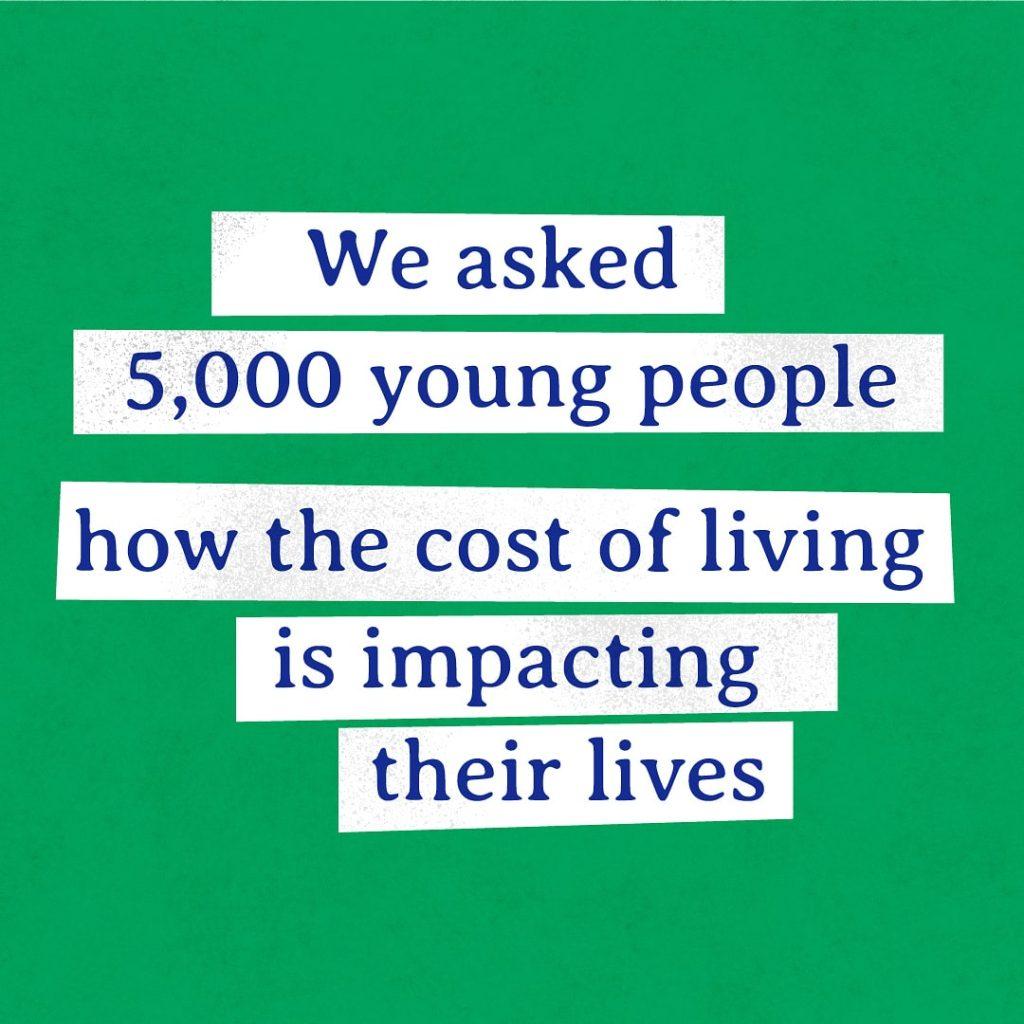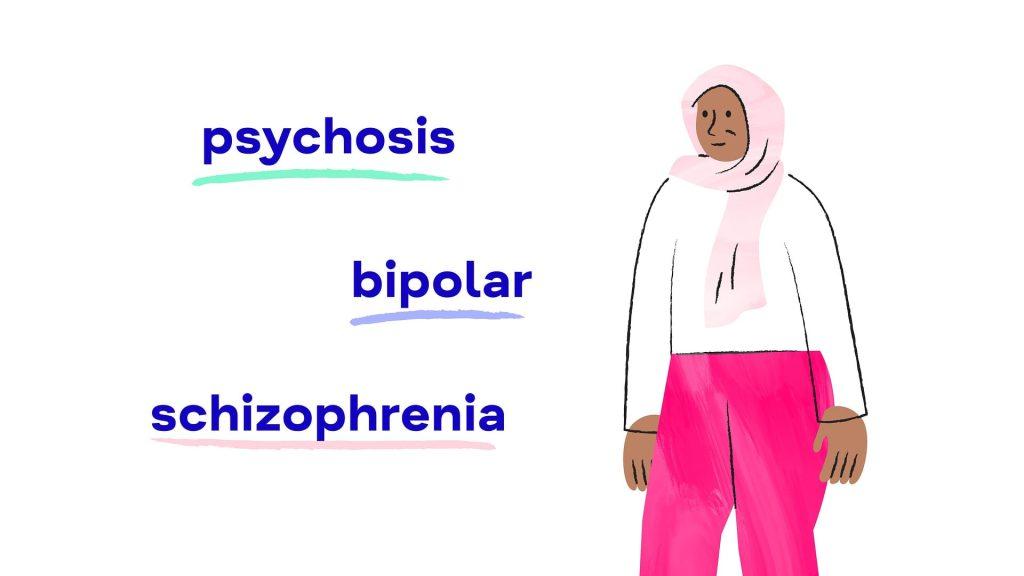Making sure your training animations are inclusive and accessible is essential for good learning outcomes and meeting legal standards. It enhances the learning to make sure no one is left out. As specialists in training animation with 15 years of experience, we’ve developed a few practical ways to ensure every learner can engage with your content, whatever their background or ability. Here are our quick tips for creating accessible animated training content for your business.
Why Accessibility Matters
With training, content should be accessible, as you may need to tick compliance boxes such as the Equality Act 2010 or WCAG guidelines. Even if you’re part of a smaller organisation and these aren’t a legal requirement yet, it’s worth more than that. When training is inclusive, comprehensive and done well, it can:
- Reach your full intended audience.
- Improves learning outcomes by removing barriers.
- Reduces legal risk.
- Builds your reputation for inclusivity.
- Saves money by getting it right the first time, rather than retrofitting or costly amendments upon review.
- Helps retain staff by creating a sense of belonging.
Thinking that making inclusivity a part of your training video production is less important, as it’s just a small minority, would be an error. Inclusivity is a broad word and applies to so many instances; it’s not just about disabilities, it’s catering to different backgrounds, ages, ethnicities, etc. For example, 1 in 4 people have a disability in the UK, while 300 languages are spoken in Britain, with 30% of people speaking 2.
A Business Disability Forum study found 80% of UK businesses miss opportunities by not making digital content fully accessible, mostly in missed sales, but how you train staff to be aware of this level of inclusivity has a direct effect on the whole organisation. By offering inclusive training, and additional training such as diversity and inclusion training, you show your values and the commitment behind them. Here are a few businesses taking inclusivity training seriously.
Why Use Animation Instead of Filmed Video?
When it comes to creating training video content for your charity organisation or business, people can often imagine a dry PowerPoint or a filmed presenter speaking to camera. Don’t worry, there are a lot more options these days, and you can make it inclusive and engaging with animation.
Animated training avoids some of the limitations of filmed content. Another key point is that animation in training offers huge potential for inclusive design.
It’s easier to create scenes that would be unsafe, costly, or impractical to film, for example, working at height. Or scenes where there is not much to see visually (someone at a desk etc) can be illustrated in different ways – you can be creative as long as the message is clear. Additionally, with an animation training series, it’s easy to update or add episodes later. The designer and animator will ensure they blend in seamlessly with the rest.
There’s no need to worry about staff leaving and wanting footage from a video removed, which we’ve seen happen time and time again. There’s also much more flexibility in terms of people altogether; character design can also be deliberately inclusive, representing a range of people from the start, from different ethnicities, abilities and ages, for example. Whereas, due to locations, etc, it may be difficult to capture the full breadth and variety of your workforce on camera, and it may not be representative.
Training Animation Production Tips
To ensure inclusivity in design and so that everyone can see and understand the materials, here’s a quick checklist of inclusive features you should be aware of, covering design, text, audio, captions, animation and your own project team, as well as how to check it has met the training goals.
Colour & Contrast
Aim for at least a 4.5:1 contrast ratio for text and key visuals (check on WebAIM’s contrast checker). This basically means that there is a big enough difference between the value (light and dark) between the background and foreground. Light coloured text needs a dark background and vice versa, or they will not be read clearly. You can also do a squint test, as a very rough guide. If the text dissapears, it’s not contrasting enough.
Don’t rely on colour alone – use shapes, text, or patterns to reinforce meaning. Clear icons can be very helpful.
Avoid tricky colour combinations like red/green or blue/yellow for colour-blind viewers.
For example, combine ✓/✗ symbols with colour to show “correct” and “incorrect.”
Typography & Text
Use clear sans-serif fonts at least 16px in size.
Keep text left-aligned as it is much easier to scan. Right-aligned or centrally aligned text can slightly slow down the reading process.
Keep the background behind the text solid. Avoid patterns, gradients, or images as they reduce contrast and readability for users with dyslexia or visual processing difficulties.
Limit all-caps – it slows reading.
Allow enough time for on-screen reading before the text disappears. You often need a full 1 second to read and absorb before the screen animates off.
Here are a few examples of text in animated videos – it needn’t be boring to be seen.



Motion & Animation
Avoid rapid flashing, which can trigger health issues.
Let users pause or stop animations, so make sure there’s video player functionality.
Keep the pace slower than that of marketing videos to allow the information to sink in.
Audio & Captions
Voiceovers
Where possible, use a professional voiceover artist who will record in a studio space with high-quality equipment.
Use clear, moderate pacing (around 120 words per minute works well for training).
Keep sentences short and plain, and avoid culture-specific jargon. Simple language is really important.
Keep the video short, especially for those who may be neurodiverse, such as those with ADHD, who will have shorter attention spans. Keep it 3-5 mins maximum.
Consider multiple language, accent or dialect options for global audiences.
Captions & Transcripts
Caption everything, including relevant sounds.
Use a consistent style and identify speakers.
Keep to one or two lines per caption.
Offer full transcripts for reference and searchability.
Cultural Inclusivity
Representation matters. Show diversity across race, religion, age, gender, and ability – and avoid stereotypes.
Include a variety of voices in your production team to reduce unconscious bias. And work with a diverse working group if you can.
Use universal symbols or adapt visuals for specific audiences.
Ask people how they like to learn.
Offer multiple language options – ideally complete localisation for large non-English-speaking groups. Don’t presume English is easiest.
Test scripts and storyboards with diverse focus groups. And test different approaches, such as video mixed with chat, or all video, etc.
Technical & Interactive Considerations
Where possible, inform people about what they will learn and provide them with the opportunity to prepare by offering access to the necessary resources in advance of any sessions.
Ensure video players are keyboard-accessible and compatible across various devices. And that tab works.
Provide alternative formats; not everyone responds to the same format. Other materials should be alongside the training animations.
When using quizzes or interactive tasks, ensure they are accessible and provide clear instructions.
Test with real assistive technology users.
Measuring Effectiveness
Track how well your training works through:
Scenario-based assessments.
Incorporate feedback during and after the session, don’t make them shout out. Use an easy form or allow messages.
Diversity audits of representation.
Quizzes with saved results
Behaviour observation.
Building Accessibility Into the Process
When planning a project, it may not be your main priority, but with good foresight, right from the start, you can embed accessibility into every stage:
Planning – Set requirements early and involve diverse voices from your team and any wider stakeholders.
Script – Keep it clear and plain, possibly check with a working group to ensure the target audience understands it.
Design – Check colours, typography, and representation.
Production – Monitor pacing and motion.
Testing – Include people with different needs.
Delivery – Provide documentation and alternative formats as well as captions and any relevant language versions.
Common Accessibility Mistakes
Here are a few mistakes we often see when it comes to making training animation accessible.
A big one is colour – not enough contrast in the colour and value difference between the text and the background,
Using red/green only for success/error states
Voiceover that is too fast or poorly enunciated ( usually read by a nonprofessional)
Further to this, creating the video content solely in-house, and not with a video production studio, can lead to many more errors, wasting time, money and potential lawsuits. So it’s advised to use a professional video company.
To avoid people losing interest, you need to change the imagery every 10 seconds at least, keeping the visuals exciting, while also considering inclusivity, which will ensure that it’s actually watched to the end.
Lastly, something we see a lot is a script that is too long and repetitious. You need to ensure the learning is there, but the video should sit alongside other training materials and be as concise as possible.
Quick Checklist
□ Good colour contrast
□ Multiple ways to convey information
□ Clear sans-serif fonts
□ Consider co-producing with a working group
□ Enough reading time for text
□ Captions for all speech
□ No flashing content
□ Playback controls
□ Clear audio
□ Keyboard-accessible interactivity
□ Diverse representation
□ Tested with assistive technology
□ Alternative formats and languages
In Summary
Accessible animated training is about giving every employee the same opportunity to learn and grow within your organisation; it’s much more than just simple compliance. By planning for accessibility from the outset, you create stronger, more effective training that works for everyone.
This guide is provided for educational purposes and based on up to date practices as well as a wealth of studio experience, Victoria Finch has been directing and designing training video content for businesses and organisations for over 15 years.
At Digital Finch, we design animations that are engaging, inclusive, and accessible. If you’d like to make your training work for your whole workforce, get in touch.



